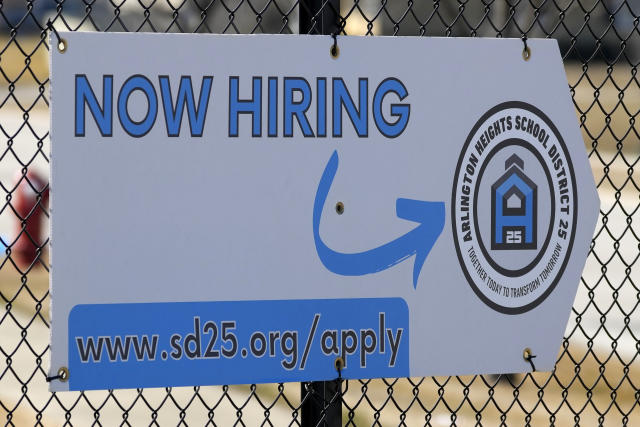The latest report on unemployment benefits in the United States underscores the continued strength of the labor market, with a slight decrease in jobless claims signaling ongoing stability and robustness. Against the backdrop of a dynamic economic landscape, characterized by steady growth and evolving trends, this article delves into the key findings of the report, analyzes the factors driving the decline in unemployment benefits, and explores the broader implications for workers, businesses, and policymakers.
Stable Job Market and Declining Unemployment Claims: The Labor Department’s report reveals a modest decline of 2,000 in unemployment benefits applications, bringing the total to 210,000 for the recent week. This reduction in jobless claims is reflective of the overall health of the labor market, where most workers enjoy strong job security and layoffs remain below pre-pandemic levels. The four-week average of claims, a reliable indicator of labor market trends, also registered a decrease, further affirming the sustained stability in employment conditions.
Implications for the Economy and Policy Outlook: The decline in unemployment benefits comes amid a backdrop of solid economic growth, with the U.S. economy expanding at a robust 3.4% annual pace in the last quarter of the previous year. Despite concerns about potential headwinds and slowing growth, economists remain optimistic about the job market’s resilience, citing the economy’s surprising performance in 2023 and 2024. The prolonged period of low unemployment rates, coupled with moderate job creation, underscores the enduring strength of the U.S. labor market.
Challenges and Opportunities Ahead: While the decline in unemployment benefits is a positive development, challenges persist in ensuring inclusive and sustainable employment opportunities for all segments of the workforce. Structural shifts in industries, technological advancements, and demographic changes continue to reshape the job market, posing both challenges and opportunities for workers and employers alike. Addressing skill mismatches, promoting workforce development initiatives, and fostering a supportive business environment will be crucial in navigating these transitions and promoting long-term prosperity.
Policy Considerations and Future Outlook: As policymakers assess the evolving dynamics of the labor market, there is a growing recognition of the need for targeted interventions to address emerging challenges and capitalize on opportunities for growth. Initiatives aimed at enhancing job training programs, expanding access to education and skills development, and fostering innovation-driven industries can help bolster the resilience of the workforce and promote sustainable economic expansion. Moreover, a proactive approach to addressing income inequality, promoting wage growth, and ensuring social safety nets will be essential in fostering a more inclusive and equitable recovery.
The decline in unemployment benefits offers a positive signal of the labor market’s strength and resilience amidst evolving economic conditions. While challenges persist, including structural shifts and technological disruptions, there are opportunities to build a more inclusive and dynamic workforce for the future. By prioritizing investments in human capital, fostering innovation and entrepreneurship, and implementing targeted policies to address the needs of workers and businesses, policymakers can navigate the complexities of the modern labor market and promote sustained economic growth and prosperity for all.
